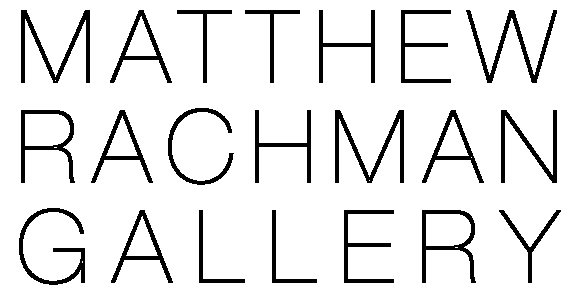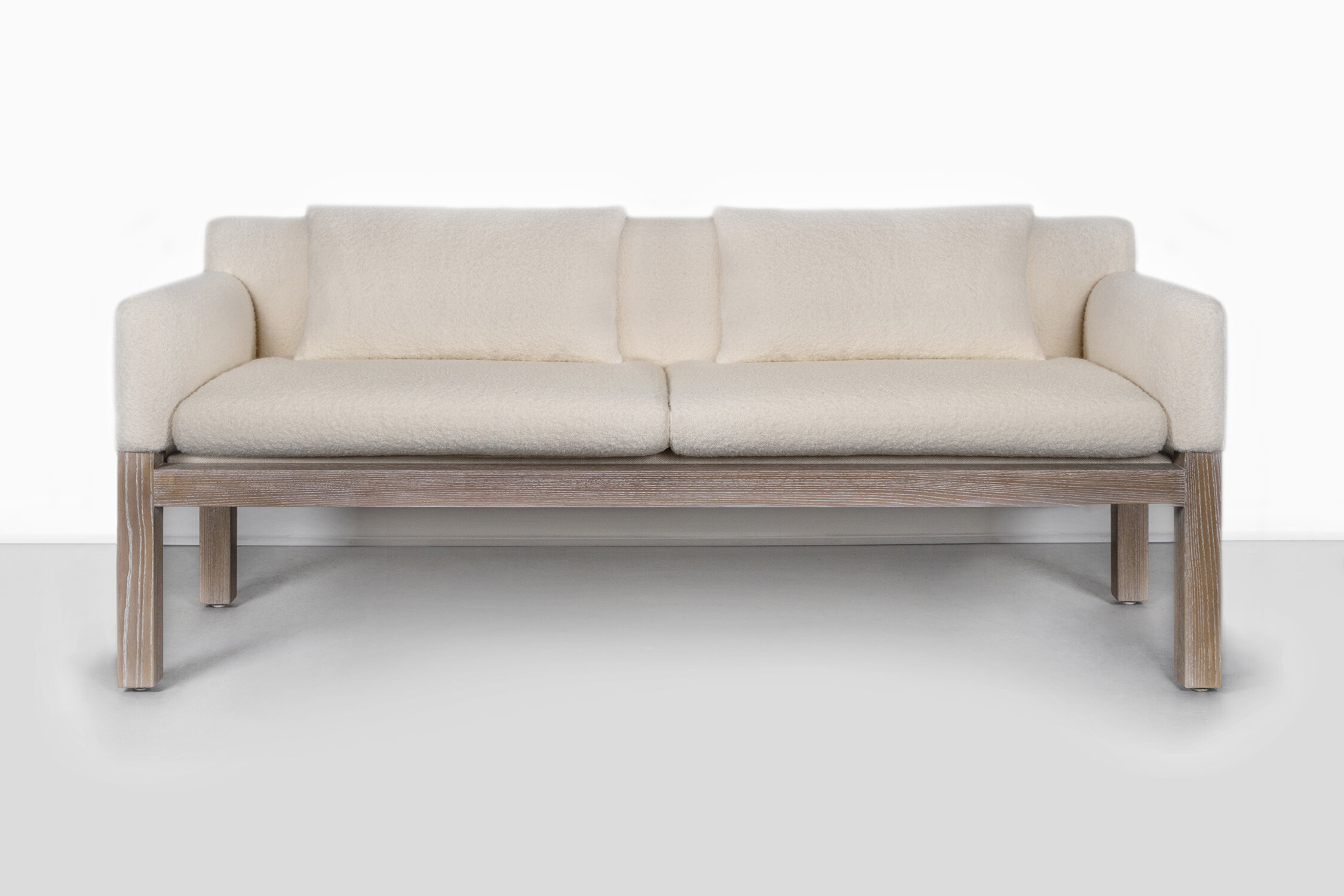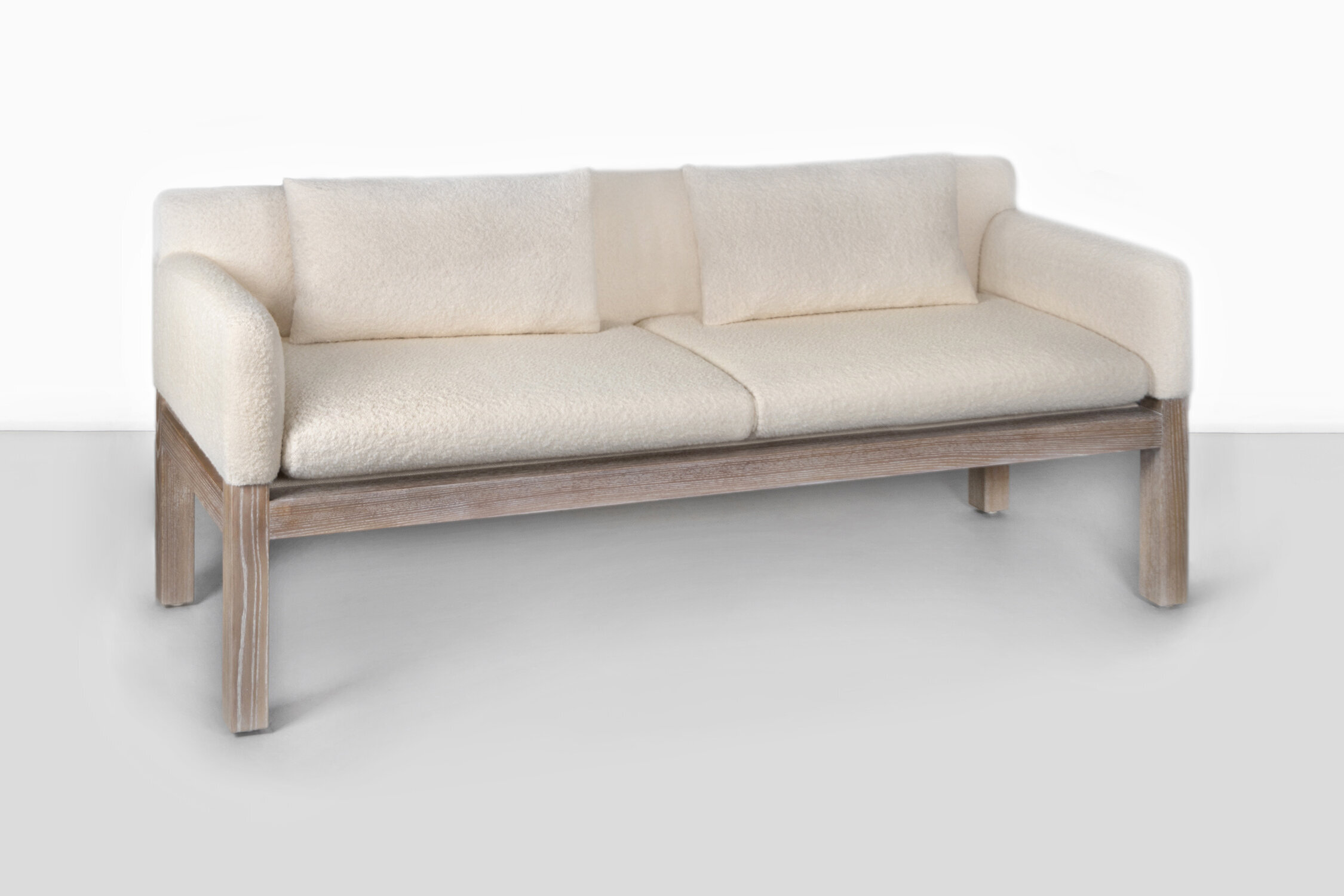We are happy to feature new pieces to the gallery this May. The gallery remains open by appointment only — please contact the gallery to set up a time to view any of the pieces you see online. We are best able to help if you provide the pieces you would like to see prior to your appointment. For any requests beyond what you see online, please contact us and we can help source new pieces or refurbish from our stock.
JOHN SALADINO FOR DUNBAR POST + BEAM SOFA
This sofa, designed in the 1960’s, has been freshly reupholstered in boucle fabric and has a newly restored ash base. This design is a rare and sought after. It peels back the bulk of a sofa, with tall wooden legs and streamlined cushions. This sofa is perfect for occasional spaces— an office, entrance hall, sunroom.
IT WALNUT BENCH
Seth Keller has been a working artist for almost twenty years as well as working for the Art Institute of Chicago. Seth’s work is intimately related to exploring manufacturing processes, primarily working with wood. This piece allows the materiality to be showcased. By using simple forms, the color and movement of the wood comes to the forefront.
"ELATED VIBRATIONS"
Walter Fydryck has been working since the 1960’s and was trained at the Art Institute of Chicago. His paintings undulate and bend with colors morphing into others; abstract shapes hover over hazy backdrops. In this piece, Fydryck creates a crisp, futuristic abstract work. The monochromatic scheme and sharp, angular forms makes it seem almost metallic, the shape like a bent piece of chrome reflecting light.


















